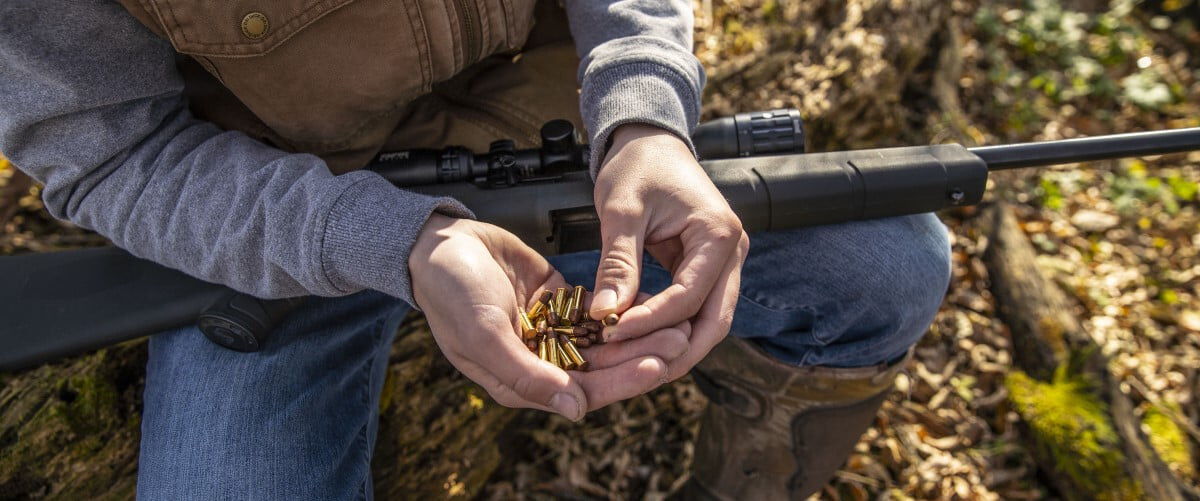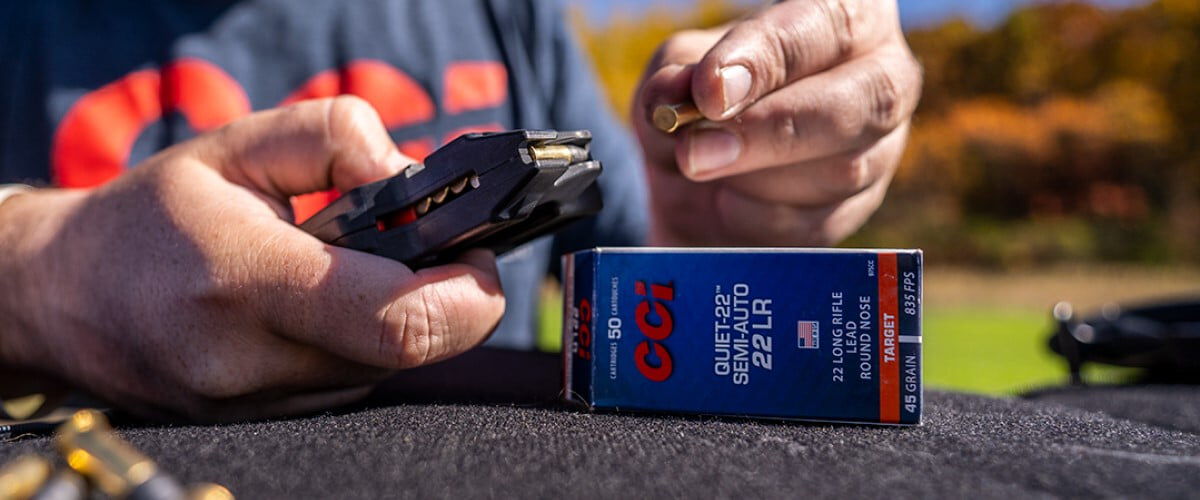
Before the promise of profits from gold and silver attracted adventurers to the American West, it was the possibility of making a profit from furs. The first Europeans to make contact with Native American nations were almost all trappers, and some of the first cities and trade routes in the country were established by trappers selling their goods. Trapping used to be more than simply a pastime; it was a lucrative career.
No one is making fortunes from fur sales these days. But many trappers are hired by government agencies or land managers to help control exploding predator populations. In many areas, foxes, raccoons, skunks and opossums decimate ground-nesting birds, and the only reliable method to control their numbers is trapping. As more and more land is managed for trophy whitetail deer, trappers are called in to reduce coyote populations to improve fawn survival rates. In many areas, beavers are no longer trapped just to make money from the fur trade but also to help reduce their impact on natural water systems.
Whether you trap for profit, predator control, or simply as a fun pastime, you must choose the right bullet to dispatch your catch. Here’s a guide to do so.
Loads For The Line
In the old days, trappers routinely harvested wolves, lynx and sometimes even grizzlies, so big bore cartridges were required. For most modern trapping, though, you’ll simply need a reliable rimfire. In most cases that’s a 22 Long Rifle, and there are a lot of great bullet options.

If you’re choosing a bullet to save pelts, I suggest avoiding hollow points with expanding bullets. Most trapline shots aren’t far—perhaps just a few feet—and a well-placed .22 will cleanly dispatch most furbearers. My favorite choice when using a rifle is CCI Quiet-22, which fires lead round nose bullets at 710 feet per second. For most smaller furbearers that’s plenty of firepower, and it’s even enough for coyotes.
There’s some debate as to whether expanding or solid bullets are better for dispatching furbearing animals, and there’s a good chance that you’ll hear conflicting advice from equally-qualified fur takers. Originally, I was keen on expanding bullets and the perception of added energy transfer and shock. However, I’ve found that at close range an expanding bullet is not necessary and, if anything, damages fur unnecessarily. For my money a LRN bullet is the best option, especially on small furbearers.
Lots of trappers carry rimfire pistols, and if that’s you, then you’ll be well-served by CCI’s Pistol Match. This ammo also fires 40-grain lead round nose ammunition, this time at a velocity of 1,070 fps—not enough that it’s excessively loud but fast enough to make clean kills. Pistol match ammunition routinely cycles semi-auto blowback .22 pistols, which are popular with trappers because they offer high capacity.
Other Considerations
Most of our wide-open wilderness areas are gone, and much of today’s trapping occurs near housing. The last trapping job I had, as a matter of fact, required me to snare coyotes within earshot of houses. To reduce sound and protect my own hearing I almost always shoot rimfire guns with a suppressor. Cans cut back on the noise and allow you to operate in areas where neighbors might not appreciate extra noise—even if you are doing important conservation work.
Don’t overthink your ammo choice while trapping, but don’t underestimate how hard it can be to hit a small target at short distances. Ideally, you’ll place the bullet behind the ear, which isn’t always easy offhand at a moving target. Practice with your trapping gun at the range you’ll be shooting in the field. In truth, bad shots are more likely to ruin pelts than bad bullets.